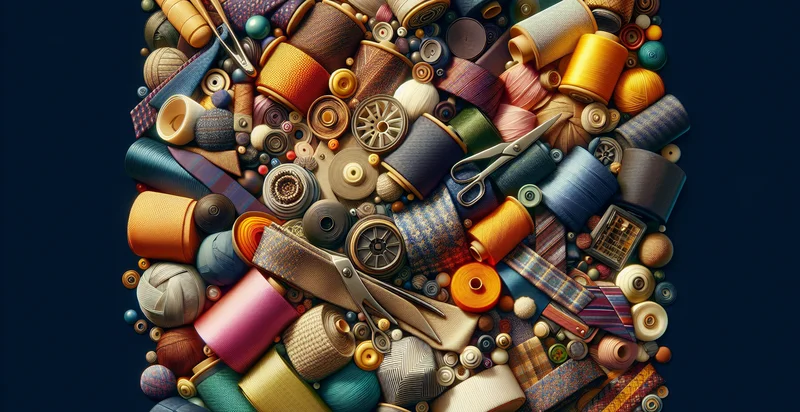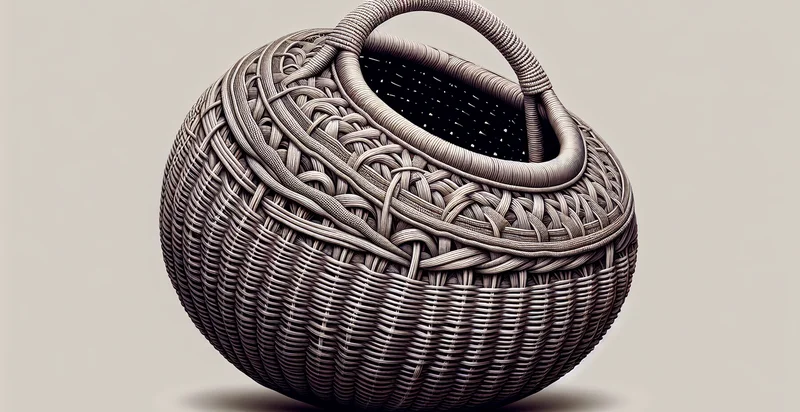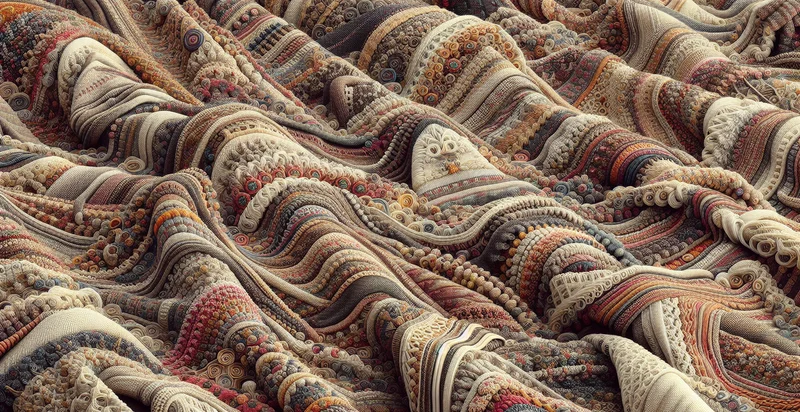Identify what material a tie is made from
using AI
Below is a free classifier to identify what material a tie is made from. Just upload your image, and our AI will predict what material a tie is made from - in just seconds.

Contact us for API access
Or, use Nyckel to build highly-accurate custom classifiers in just minutes. No PhD required.
Get started
import nyckel
credentials = nyckel.Credentials("YOUR_CLIENT_ID", "YOUR_CLIENT_SECRET")
nyckel.invoke("what-material-a-tie-is-made-from", "your_image_url", credentials)
fetch('https://www.nyckel.com/v1/functions/what-material-a-tie-is-made-from/invoke', {
method: 'POST',
headers: {
'Authorization': 'Bearer ' + 'YOUR_BEARER_TOKEN',
'Content-Type': 'application/json',
},
body: JSON.stringify(
{"data": "your_image_url"}
)
})
.then(response => response.json())
.then(data => console.log(data));
curl -X POST \
-H "Content-Type: application/json" \
-H "Authorization: Bearer YOUR_BEARER_TOKEN" \
-d '{"data": "your_image_url"}' \
https://www.nyckel.com/v1/functions/what-material-a-tie-is-made-from/invoke
How this classifier works
To start, upload your image. Our AI tool will then predict what material a tie is made from.
This pretrained image model uses a Nyckel-created dataset and has 20 labels, including Acrylic, Bamboo, Canvas, Cashmere, Chiffon, Cotton, Denim, Georgette, Linen and Microfiber.
We'll also show a confidence score (the higher the number, the more confident the AI model is around what material a tie is made from).
Whether you're just curious or building what material a tie is made from detection into your application, we hope our classifier proves helpful.
Related Classifiers
Need to identify what material a tie is made from at scale?
Get API or Zapier access to this classifier for free. It's perfect for:
- E-commerce Product Verification: Online retailers can utilize the false image classification function to automatically verify and classify the material of ties listed on their platforms. This ensures that product descriptions are accurate and consumers receive the quality they expect, reducing returns and increasing customer satisfaction.
- Inventory Management in Retail: Brick-and-mortar stores can integrate this function into their inventory systems to ensure that the ties displayed in-store match the material descriptions in their inventory database. This streamlines restocking operations and prevents discrepancies between the physical products and their online listings.
- Fashion Brand Quality Control: Fashion brands can employ the image classification function in their quality control processes during manufacturing and pre-shipment checks. By identifying materials, brands can ensure that only the correct and intended materials are used, upholding their reputation for quality.
- Consumer Education Tools: A mobile application can incorporate this functionality to educate consumers about the significance of tie materials. Users could take a picture of a tie, and the app would provide insights into the fabric's properties, pricing comparisons, and styling tips, enhancing informed purchasing decisions.
- Sustainability Monitoring: Companies committed to sustainability can use this function to classify the materials of ties and ensure that they align with eco-friendly practices. This data can help brands market their products as sustainable and track compliance with environmental standards.
- Custom Tailoring Services: Custom tailors can leverage this technology to quickly identify the materials of ties brought in by clients for bespoke suits or alterations. By accurately recognizing the fabric type, tailors can suggest complementary options and maintain the quality of the final product.
- Market Research and Trend Analysis: Market research firms can utilize the function to analyze trends in tie materials over time. By aggregating data on the types of materials that tie brands are using, they can provide valuable insights and forecasts to businesses looking to innovate or adapt to changing consumer preferences.


